38 office 365 labels classification
How to use the Microsoft data classification dashboard Data classification will scan your sensitive content and labeled content before you create any policies. This is called zero change management. This lets you see the impact that all the retention and sensitivity labels are having in your environment and empower you to start assessing your protection and governance policy needs. Prerequisites Learn about sensitivity labels - Microsoft Purview (compliance) With sensitivity labels, you can classify data across your organization, and enforce protection settings based on that classification. That protection then stays with the content. For more information about these and other scenarios that are supported by sensitivity labels, see Common scenarios for sensitivity labels.
How to Prepare for Unified Labeling in Microsoft 365 DoD The classification and labeling add-in are only supported for Microsoft 365 Apps (version 9126.1001 or higher). Office 2010, Office 2013, and other Office 2016 versions are not supported. Information Rights Management (IRM) is supported only for Microsoft 365 Apps (version 9126.1001 or higher).

Office 365 labels classification
Data Classification in Microsoft Office 365 - Netwrix To create a label, open the Compliance Center, go to Classification > Sensitivity Labels and take the steps below. For more complete details, see this Microsoft page. Click Create a Label and accept the warning. Enter a name, tooltip and description for the label. Click Next. How to use Microsoft Info Protection (MIP) sensitivity labels- ShareGate Enable sensitivity labels for Office files in SharePoint and OneDrive. * Automatically apply sensitivity labels to documents and emails. Configure Microsoft 365 sensitivity labels at the Files & emails scope. Apply a sensitivity label to content automatically. * Use sensitivity labels to protect content in Microsoft Teams and SharePoint. Differences between Azure Information Protection labels and Office 365 ... In the previous two posts, we looked at two capabilities of Azure Information Protection (AIP) P1, which is one of the many subscriptions bundled into Microsoft 365 Business: Email encryption & customization Labels for classifying messages and documents Recent announcements have shifted the sands a bit here with so-called "Unified labeling"-which refers to a separate […]
Office 365 labels classification. All about sensitivity labels in Microsoft 365 (Office 365) The first step to using sensitivity labels is to create a label: Label's name - visible in the Microsoft 365 compliance center, Description for admins - the description available from the Microsoft 365 compliance center. Now you can define the scope for the label. I'll apply the label to files & emails only. Using the Office 365 Audit Log to Track Retention Labels Office 365 retention labels (previously called classification labels) are part of the Office 365 data governance framework. They are applied by users to mark documents and messages to... General availability of automatic classification with sensitivity ... To help you achieve that, we are excited to announce the general availability of automatic classification with sensitivity labels in SharePoint, OneDrive, and Exchange. You can create an auto-labeling policy with rules tailored for your organization's sensitive data, targeting specific locations in your enterprise. Office 365 - Document Classification - Sensitivity and Retention Document Classification in Office 365 In Office 365, when using OneDrive or SharePoint, it is possible to set labels at document level. The benefit of using 'Document Classification' is that it makes it easier and more automated when complying to standards like ISO27001 and GDPR in which it may be demanded that labels are applied.
Automatically apply a sensitivity label in Microsoft 365 - Microsoft ... The labels are ordered for evaluation according to their position that you specify in the policy: The label positioned first has the lowest position (least sensitive) and the label positioned last has the highest position (most sensitive). For more information on priority, see Label priority (order matters). Protect Office 365 | Classifying Your Data with Microsoft's AIP Labels Underneath 'Classifications' select Label -> Add a new label. 3. Name your label and give it an appropriate description. 4. Protection: Configure access and protection options for the label. Choose what users can access content with this label (and what level of access they have) Set an expiration date Configure offline access 5. How Content Classification Works in Microsoft 365 | Proventeq By leveraging the principles of progressive classification, Microsoft 365 enables your organisation to classify content with sensitive and retention labelling. It applies AI and ML to detect content that: needs to be classified as containing sensitive information needs to be retained for a fixed duration of time How to apply Office 365 labels when classifying documents - Content+Cloud Office 365 labels are very helpful in classifying the documents based on retention and sensitivity. We have seen how to apply labels to documents via REST API and CSOM. These methods can be used while provisioning or post provisioning. Transform your workplace with a multi award-winning Microsoft partner Cloud can help.
Configuring Classifications for Office 365 Groups - Practical 365 Behind the scenes, classifications are tied to Office 365 groups and defined at a group level, rather than tied to the data or SharePoint, Exchange, Microsoft Teams or other services. User Experience Group Classifications are displayed alongside the privacy of the group - for example, Private Group |Classification Name. Office 365 Sensitivity Labels - Microsoft Community I have sensitivity (classification) labels and policies created within the compliance center and am using the unified labelling client in Office apps. Labelling behaves fine and I can see the labelling activity within the Azure Information Protection blade in the Azure portal (usage report, activity logs, etc) show up for last 31 days. Demystifying Labels in Office 365 - Joanne C Klein These labels are created in the Security & Compliance Center in Office 365 at protection.office.com. As of the time of this writing (December 2019), you will see it under the Classifications navigation heading. Q4: What are good things to know about this label? Apply sensitivity labels to your files and email in Office To apply, change, or remove a label manually follow these steps: On the Home tab, select Sensitivity. Important: Sensitivity is not available if your Office account isn't a work account with a Office 365 Enterprise E3 or Office 365 Enterprise E5 license assigned, if your administrator hasn't configured any sensitivity labels and enabled the ...
Office 365 Sensitivity Labels - SysKit Office 365 Sensitivity Labels. Sensitivity labels enable us to classify and protect sensitive data within the file and the file itself. It will stay persistent with that file regardless of the file location. This way, users can continue to collaborate and let the sensitivity label worry about the protection. Applying sensitivity labels enables ...
Office 365: Classification and Retention Labels - M365 Mike Classifying content across Office 365 services entails the use of Office 365 labels. These labels are used for records management and follow governance rules as laid out by the organization and by legal authorities. Three components comprise Advanced Data Governance:
Using Office 365 to classify and secure your data Office 365 labels allow you to define a consistent set of labels within the Security and Compliance Center in Office 365. These translate to retention tags in Exchange and can be assigned to document libraries and files in SharePoint Online and OneDrive for Business. You can use labels to classify data as you see fit.
Data classification & sensitivity label taxonomy - Microsoft Service ... Data classification levels by themselves are simply labels (or tags) that indicate the value or sensitivity of the content. To protect that content, data classification frameworks define the controls that should be in place for each of your data classification levels. These controls may include requirements related to: Storage type and location
How to Classify Data in Office 365 - Lepide To create a label, you will need to go to the Compliance admin center and select Classification > Sensitivity Labels, where you will be asked to enter a label name, tooltip, and description. By default, labels appear in order of Confidential, Internal, and Public. Once you have defined your label, you can; Configure access permissions
Organizing Office 365: Retention Labels and Sensitivity Labels Explained Sensitivity labels differ from retention labels in few key ways. For one, sensitivity labels have tabs for loss prevention, configuring encryption, and marking. Sensitivity labels are also more about controlling how content is handled, whereas retention labels indicate how long organizations should keep content.
Azure Information Protection (AIP) labeling, classification, and ... Labels can both classify, and optionally protect your documents, enabling you to: Track and control how your content is used Analyze data flows to gain insight into your business - Detect risky behaviors and take corrective measures Track document access and prevent data leakage or misuse And more ... How labels apply classification with AIP
Automatically applying labels to sites/site collections 3. Use an auto-label policy to find the documents you want to protect and apply a label. This requires E5 licenses. I suspect that option 1 is what you need. To Dean's point, a gap currently exists between Office 365 classification labels and those used by Azure Information Protection (AIP).
Moving Groups, Teams, and Sites from Classifications to Sensitivity Labels Office 365 Sensitivity Labels are supported by Teams, Groups, and Sites, but some work is needed if you want to replace older text-only classification labels with Office 365 Sensitivity Labels.
Outlook classification labels - office 365 - Microsoft Community Hi Hans. I found what I was looking for. It is not related to labels in "protection.office.com". As I also saw this creates an Assing policy, but not the Classification tag's on outlook. Instead it was In Azure information protection, and there I also found the old ones :-) Thanks again for you support and help. Case closed.
Differences between Azure Information Protection labels and Office 365 ... In the previous two posts, we looked at two capabilities of Azure Information Protection (AIP) P1, which is one of the many subscriptions bundled into Microsoft 365 Business: Email encryption & customization Labels for classifying messages and documents Recent announcements have shifted the sands a bit here with so-called "Unified labeling"-which refers to a separate […]
How to use Microsoft Info Protection (MIP) sensitivity labels- ShareGate Enable sensitivity labels for Office files in SharePoint and OneDrive. * Automatically apply sensitivity labels to documents and emails. Configure Microsoft 365 sensitivity labels at the Files & emails scope. Apply a sensitivity label to content automatically. * Use sensitivity labels to protect content in Microsoft Teams and SharePoint.
Data Classification in Microsoft Office 365 - Netwrix To create a label, open the Compliance Center, go to Classification > Sensitivity Labels and take the steps below. For more complete details, see this Microsoft page. Click Create a Label and accept the warning. Enter a name, tooltip and description for the label. Click Next.
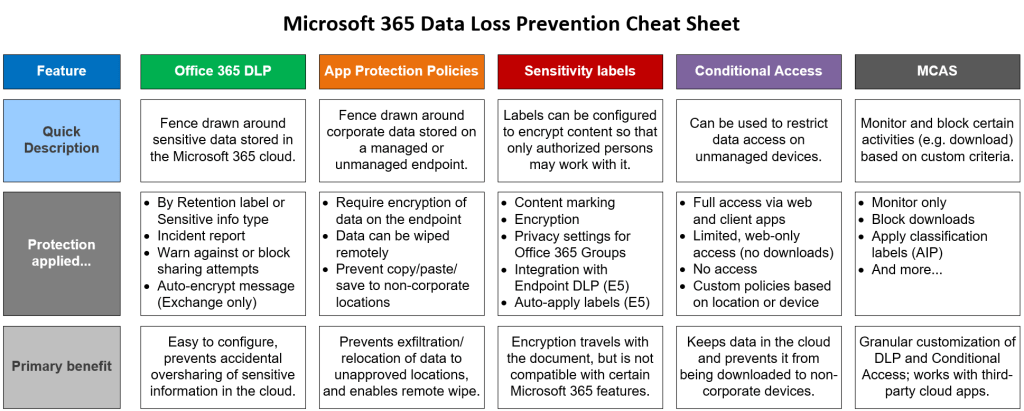


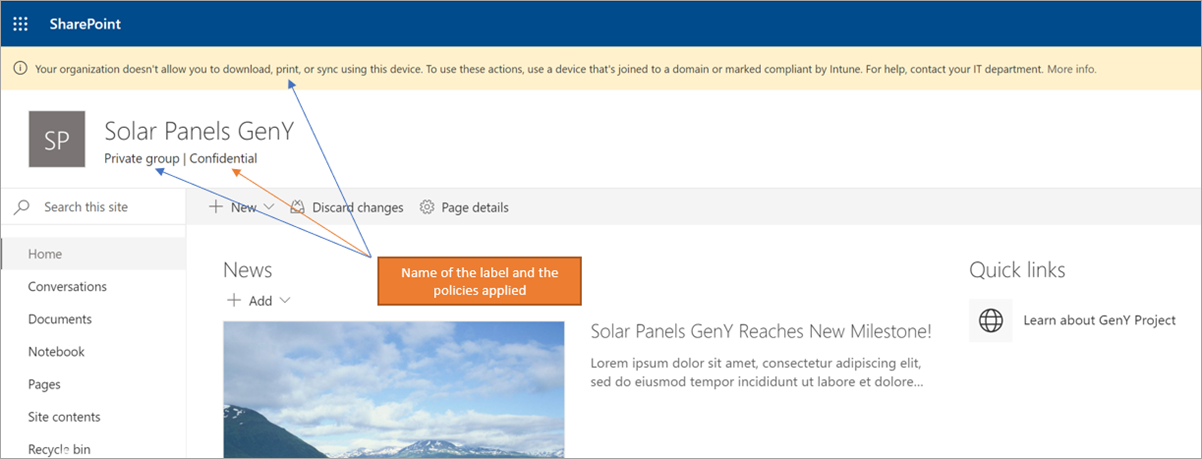
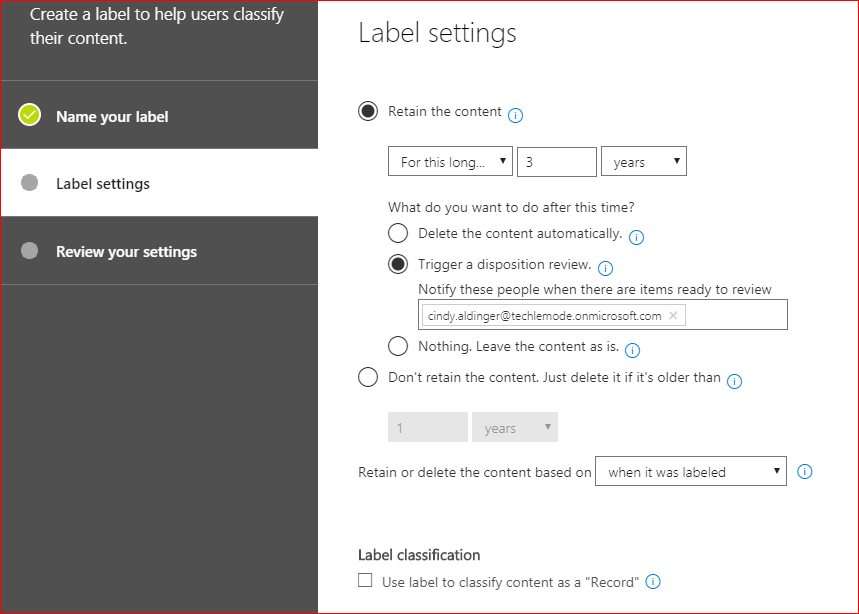



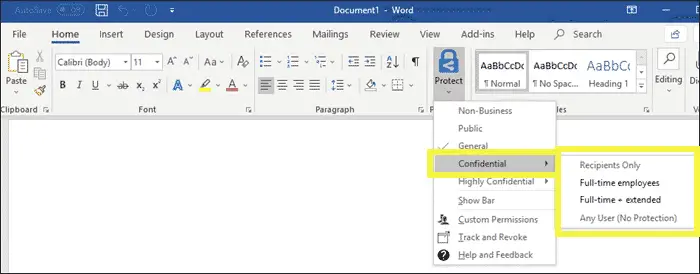

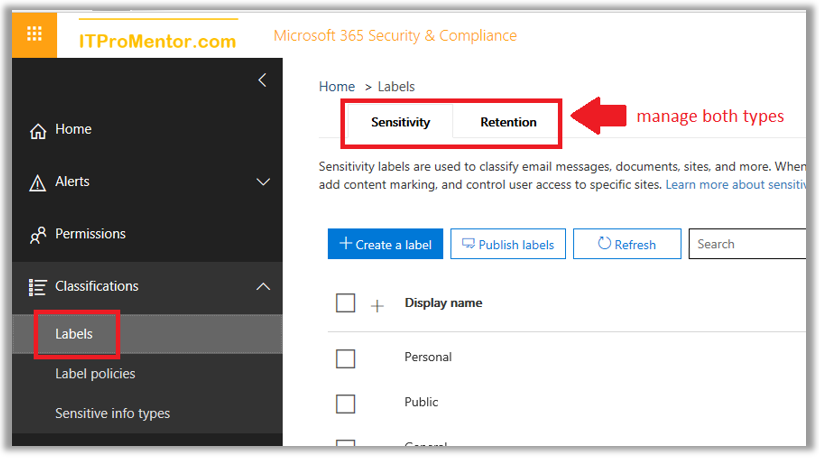
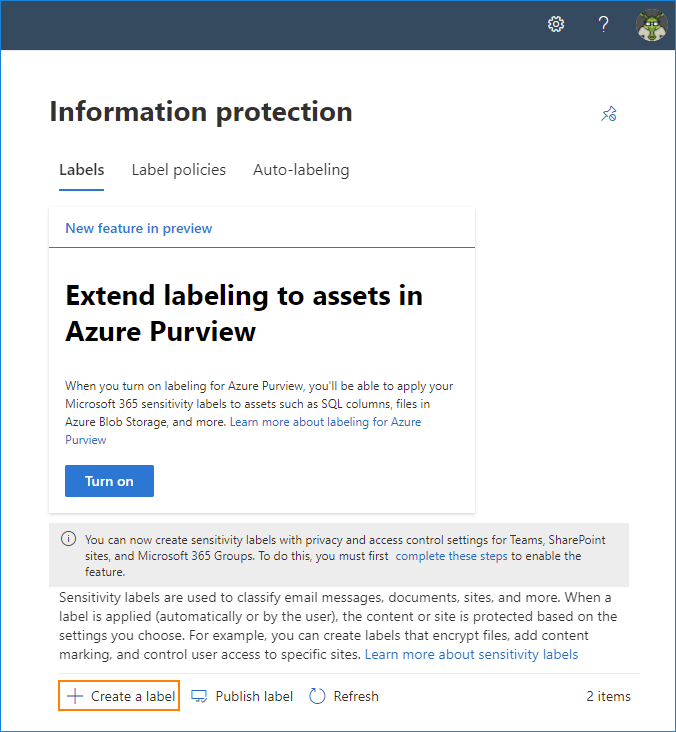
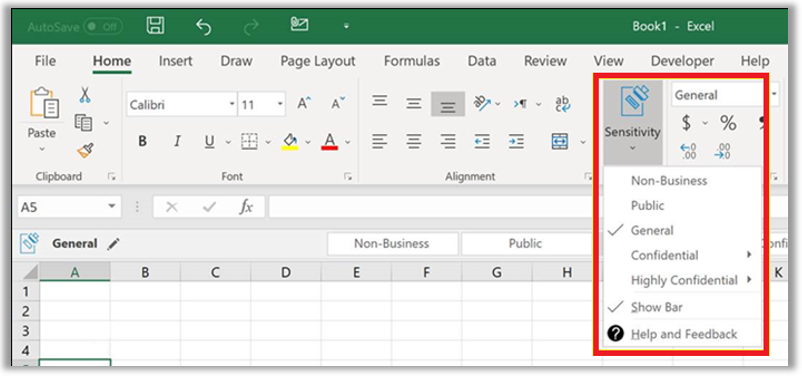
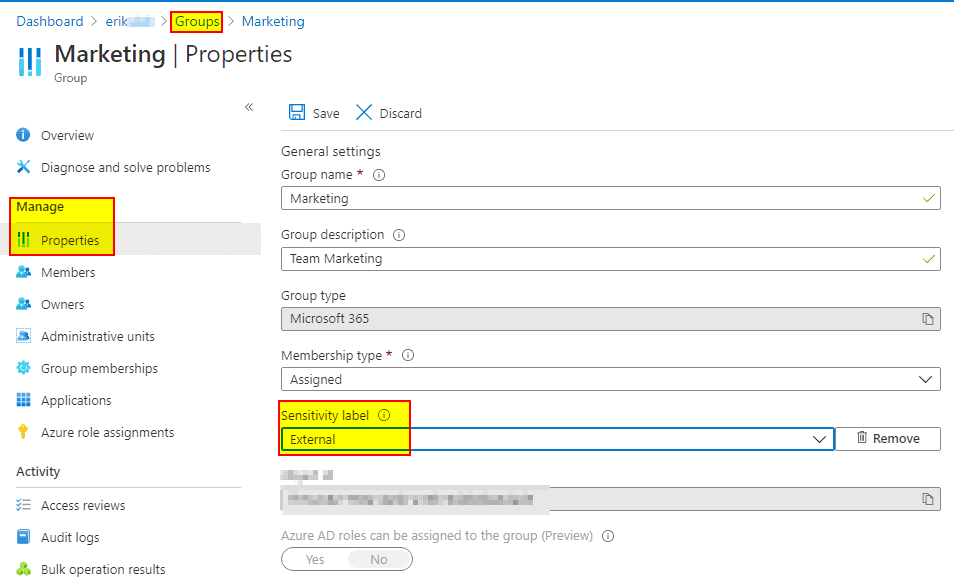


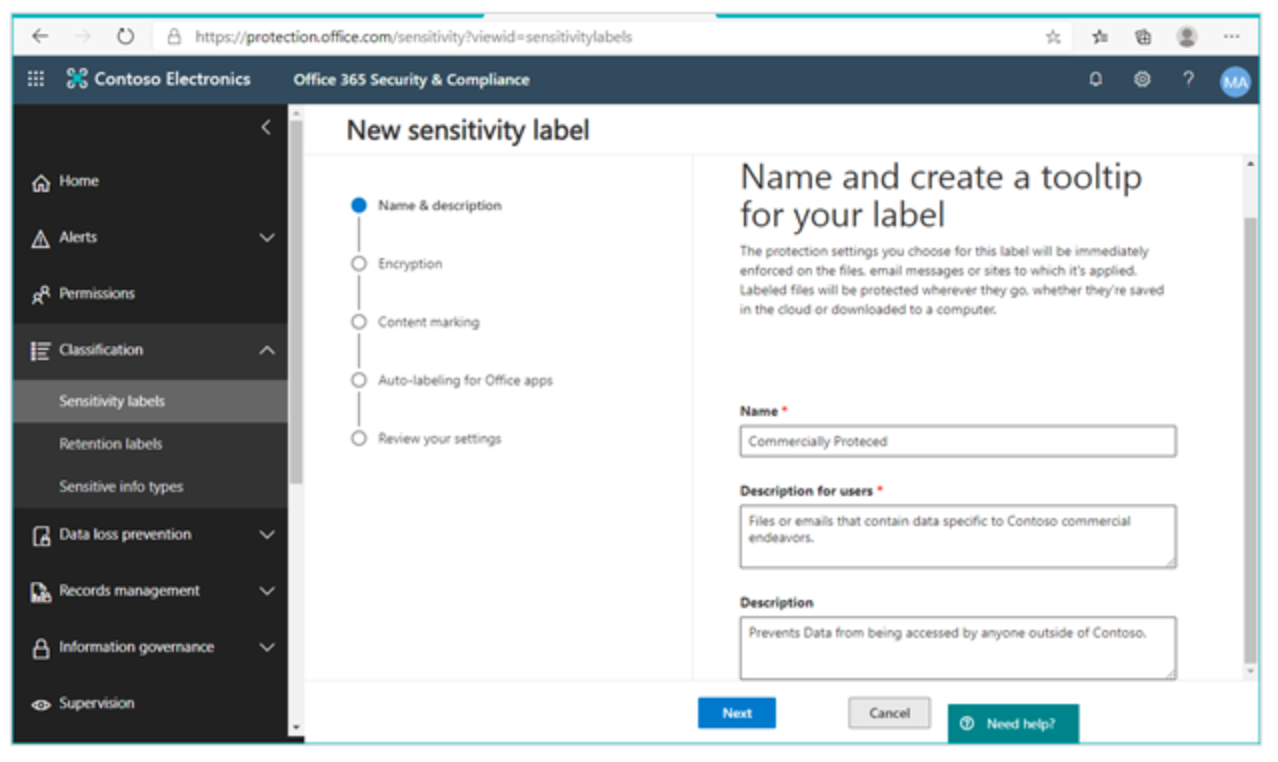
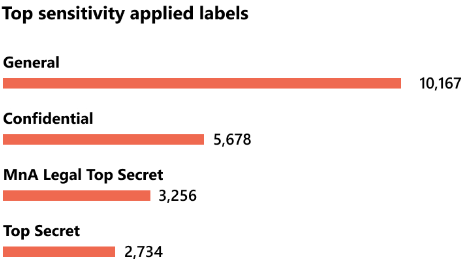


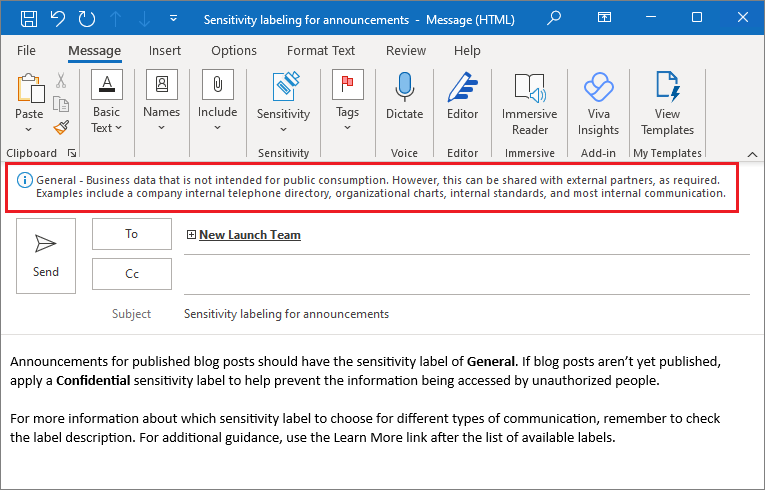
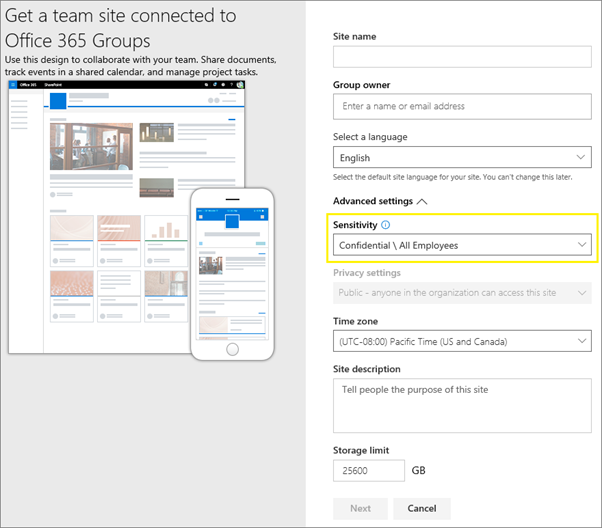


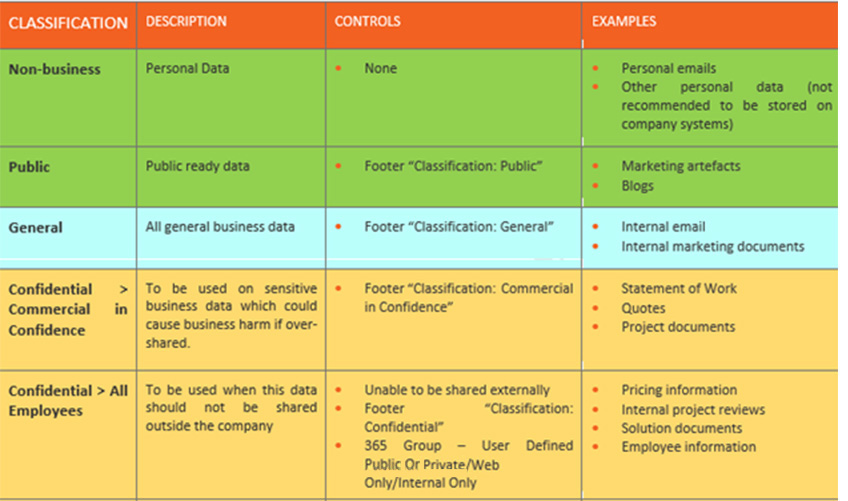
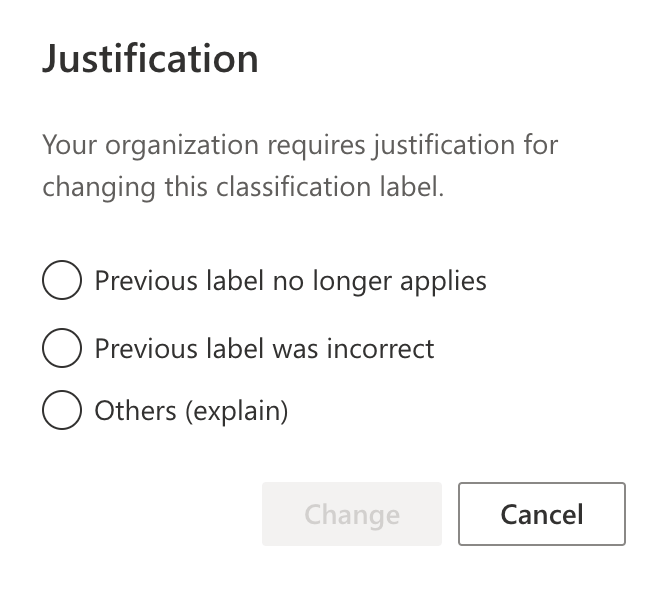
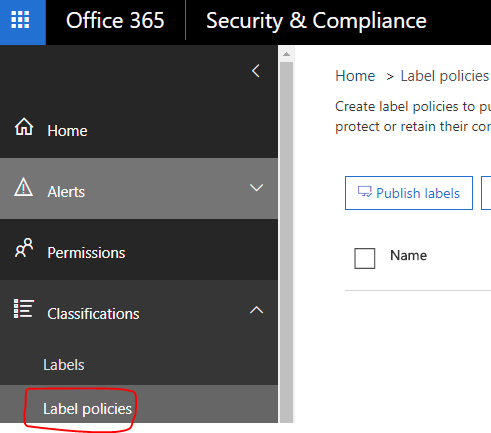
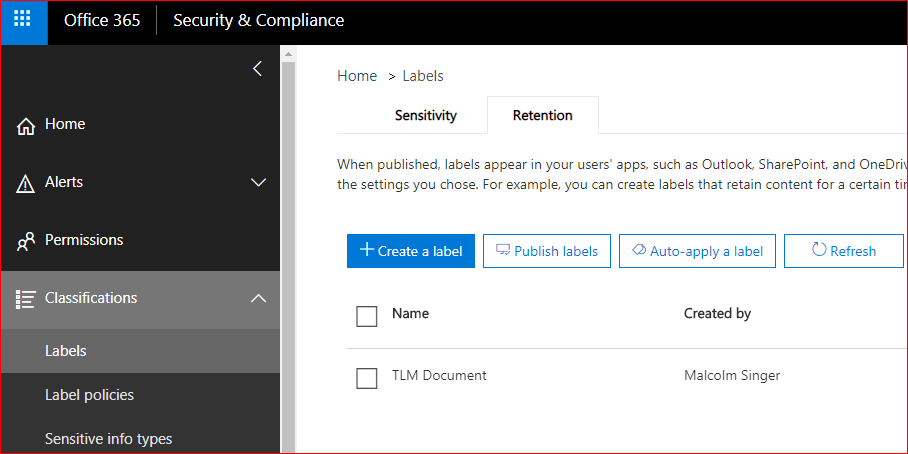
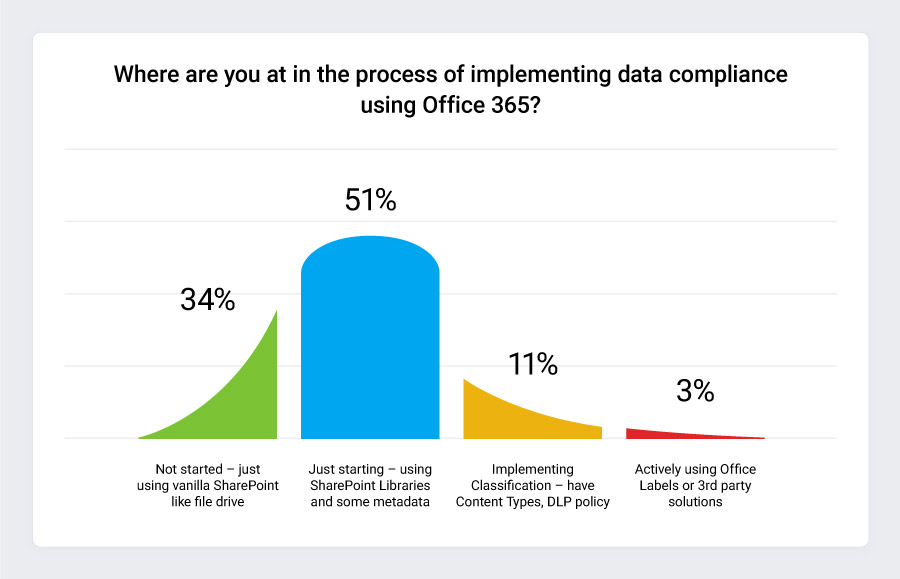

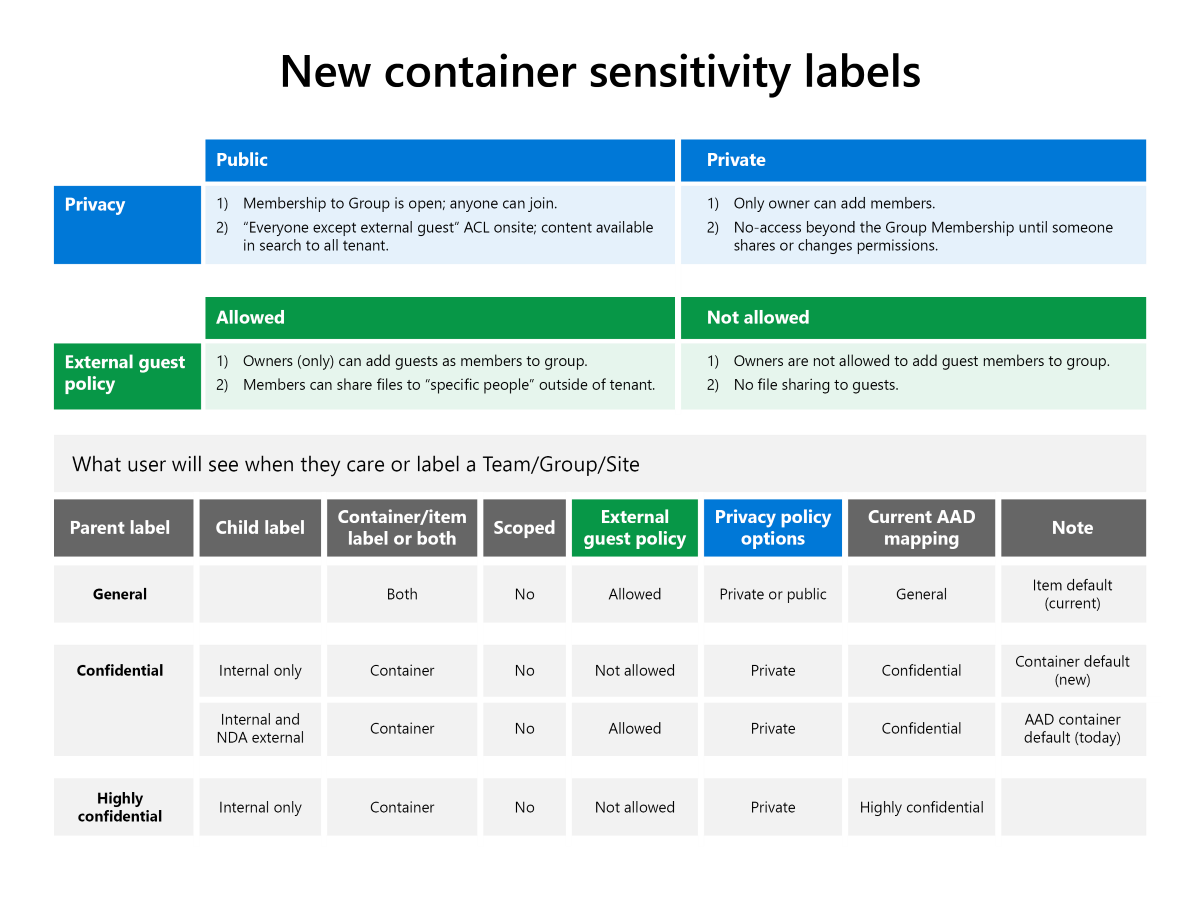


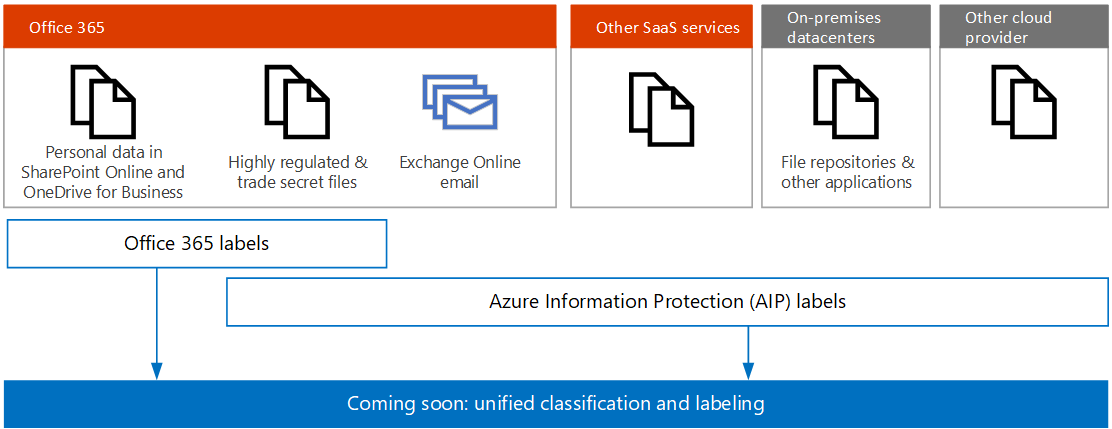

Post a Comment for "38 office 365 labels classification"